'El Camino', St.James way - a case study
Anyone who knows me knows how much I like a good marketing strategy. Not too long ago, I have discussed one here, from the past, regarding the sale of coffee in Porto - a very successful one, by the way! But the one I will discuss next is much older, and gave rise to a presently thriving tourism product: 'El Camino', the pilgrimage way to Santiago de Compostela!
How did it all start?
The pilgrimage to Santiago is the result of a sensational communication strategy.
Back in the 9th century, the small kingdom of Asturias (Northern Spain) needed a compelling myth to convince its subjects that they had divine protection to launch an attack against the powerful moors of the Emirate of Cordoba, in Southern Spain. The Arabs had already employed the idea of holy war and the reward of paradise for their warriors, so the Christians followed suit. Around the year 830, the Asturian authorities announced the discovery of the tomb of the apostle James (Tiago, or Santiago) in the westernmost region of their territory, in a Campus Stellae , latin for 'field of stars', 'Compostela'.
The apostle had been carried all the way from the Holy land by sea and river in a stone barge(???) and burried there..! — I would definitely pay to attend the meeting where someone proposed this idea...!
Allegedly, this disciple of Christ had founded the Asturian church, therefore making the fight against the infidels a religious imperative. To make the story shine, the apostle-made-saint -supposedly- appeared in the battle of Clavijo riding a white horse, beheaded thousands of Moors, and gave victory to the Christians, earning his 'Matamoros' epithet. The king, Ramiro I of Asturias, then wrote a decree stating that all his subjects were to pay a tax to support the Church of Compostela and should pilgrimage to the saint’s tomb. Thus, the Camino was born. Well...not yet!
In fact, the aforementioned royal decree never existed: it was fabricated three hundred years later (1100's) by the chroniclers of a monastery, experts in what we now call 'storytelling'.
These chroniclers wrote what is considered to be one of the first tourism guide-books: Codex Calistinus. Written between the years 1135 and 1140, the text is a set of practical advice for pilgrims, with places to rest, the quality of the waters, the people and cities along the way, or the sanctuaries to visit before reaching the Cathedral of Santiago de Compostela This improbable story and guide became a huge success, raised a lot of money and set thousands of people in motion across half of Europe towards a focal point, in central Galicia (Northwest Spain).
source (www.elcaminoconcorreos.com)
Throughout the centuries, the pilgrimage to Compostela helped unite the stuttering Christian kingdoms, helped restore roads (pre existing Roman ways) and build bridges over rivers, construct monasteries, found cities, and facilitate the circulation of languages, guilds, and arts. It helped in shaping Europe, as we now know it. (source: Historias del Camino- Sergio del Molino - Ed.Zenda/Iberdrola -2022) How is it going? Present numbers.
According to the Spanish and Portuguese authorities, in 2022, Porto ranked second as city where people start their 'Camino'. Our city was the starting point for more than one third of the 400.000 people who reached Santiago during 2022. Its modern airport and amazing location by the ocean, together with the effort by the Portuguese tourism board to promote the Coastal and Central routes, are convincing a growing number of 'modern-time pilgrims.
Numbers are on the rise, and tourism companies play an important role in that as well. If you don't want to rely in the uncertainty of local public shelters (albergues), there's now a wide range of self-guided or guided tours towards Santiago, for hikers and cyclists of all ages and origins. German comediant's take on the Camino
Many books (and even more guide-books) have been written on this topic, during the last 20 years.
One of the most impactful was published by the German comedian Kerkeling who, somewhat whimsically, resolved to hike the 500-mile/780kms route along the 'Camino Frances', from the base of the Pyrenees to the shrine of St. James at Santiago de Compostela. At 36, a self-described pudgy couch potato who suffered some health problems, Kerkeling set out along the route in the summer of 2001 with an super-heavy backpack only to nearly give up at the first few kms. He did not but there are nearly 40 stops along the way (helpfully laid out on a map insert), and chapter by chapter, Kerkeling chronicles nearly every one. Kerkeling, a fastidious German craving privacy and hot baths, mostly chose to stay in hotels, not dreary bunk-packed dorms. As well, he jumped into cars and trains whenever his feet were hurting. Encounters with other pilgrims enliven this travel story. A story written in 2001, already sold 3 million copies and made it to cinema, in an adaptation in 2015. A welcomed boost from the US: 'the Way' ft. Martin Sheen
In 2010, the film "The Way" directed by Emilio Estévez starred his father, the actor Ramón Estévez, known professionally as Martin Sheen.
The film tells the story a man called Tom, a successful ophthalmologist from California, who travels to France after learning that his son, Daniel, has died in an accident while hiking the Camino de Santiago. Tom decides to complete the Camino in his son's honor, and along the way he meets a variety of people who help him to heal his grief and find a new sense of purpose in life.
Martin Sheen's father, Francisco Estévez, was indeed from Galicia, Spain. Born in Parderrubias (Pontevedra), he emigrated to Cuba and then to the United States, where he married an Irish woman and had 10 children. Sheen himself has walked the Camino de Santiago, and his own experiences on the journey helped building his persona in the film.
Any tourism product needs a great logo and symbols.
The scallop shell's ridges symbolize the many different paths that pilgrims take to reach Santiago de Compostela, each one unique but ultimately leading to the same destination, a focal point. Simple and effective.
In the 1980's, a Spanish priest had another smart idea. Elías Valiña Sampedro, who lived in the small village of O Cebreiro along the Camino Frances, was passionate about the Camino and wanted to make it easier for pilgrims to find their way. He began painting yellow arrows on rocks, trees, and walls along the route, and his efforts quickly spread throughout the Camino network.
Valiña Sampedro's choice of yellow was not arbitrary. He felt that it was a highly visible color that would stand out against the landscape, and it was also the color that was traditionally used to mark mountain paths in France. The arrows were also simple to paint, which made them easy to maintain.
In Porto, the scallop shell also became the decoration motif of Carlos Alberto's square cobblestoned pavement. However, there's a different reason for that - one which we unveil during over the course of our Heart of Porto running tour.
The Camino is not entirely about religious beliefs
Non-religious motivations demonstrate the wide appeal of the Camino de Santiago, offering a transformative experience that transcends traditional religious beliefs.
The daily walks or rides, often through diverse landscapes, provide a unique setting for self-discovery and reflection. The solitude of the walks and the absence of distractions allow pilgrims to examine their lives, set personal goals, and seek clarity amidst the journey. It's also a unique opportunity to immerse oneself in Spanish culture and history (and Portuguese, if you choose to start from Porto). Pilgrims encounter ancient monasteries, medieval castles, and charming towns, gaining a deeper understanding of both countries' heritage. The camino as metaphor for life.
The Camino de Santiago, a centuries-old pilgrimage route, serves as a profound metaphor for the journey of life. Like the path, our lives are marked by ups and downs, challenges and triumphs. We encounter fellow travelers, forming meaningful connections just as we do in life. The Camino teaches us resilience, adaptability, and the importance of facing our fears. Ultimately, the destination, like our goals in life, is not about reaching the end but about the growth and transformation we experience along the way.
Buen Camino! Share this with your running/hiking friends:
0 Comments
Your comment will be posted after it is approved.
Leave a Reply. |
Autor/Author
Sérgio é o fundador da Porto Running Tours, corre regularmente desde 1999 e desde 2015 que guia visitas em corrida na Invicta enquanto revela algumas das suas mais fascinantes histórias. Categories
All
Archives
March 2024
PORTO RUNNING TOURSWe're passionate about running and passionate about Porto! REVIEWSWE'RE LISTED ONYour gateway to fun and unique running tours worldwide.
We practice sustainable tourism!
|
EMAIL: info(at)portorunningtours.com
MOBILE/WHATSAPP👆(tap to message)
+351 91 460 10 10
(English/Português)
9.00AM-5.00PM Local Time - Portugal - GMT+00
Porto Running Tours is a
locally owned micro-business,
providing authentic running experiences
in Porto since 2015
locally owned micro-business,
providing authentic running experiences
in Porto since 2015
customer love on-LINE >
Take their word for it:
We practice sustainable tourism. Book directly with us!
member of the worldwide community:
RUNNINGTOURS.NET
RUNNINGTOURS.NET
JOIN OUR COLLEAGUES
AROUND THE WORLD
FOR A RUNNING TOUR!
AROUND THE WORLD
FOR A RUNNING TOUR!
RNAAT nº1410/2017 TURISMO DE PORTUGAL
This website is mobile friendly,IOS and ANDROID! © COPYRIGHT PORTO RUNNING TOURS 2023.
TODOS OS DIREITOS RESERVADOS /ALL RIGHTS RESERVED.
TODOS OS DIREITOS RESERVADOS /ALL RIGHTS RESERVED.

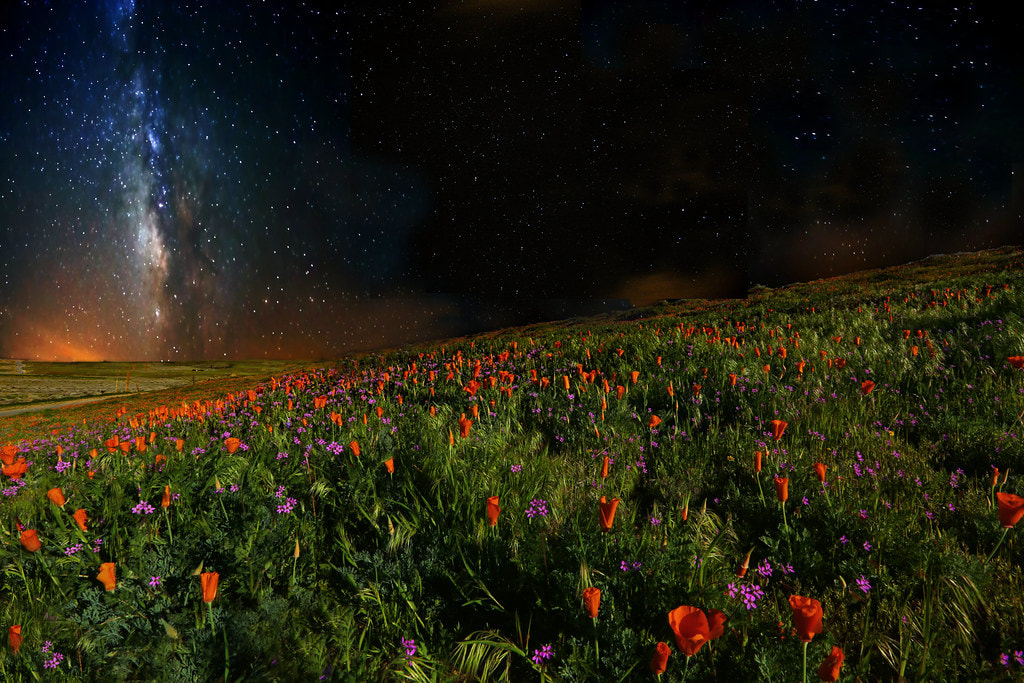
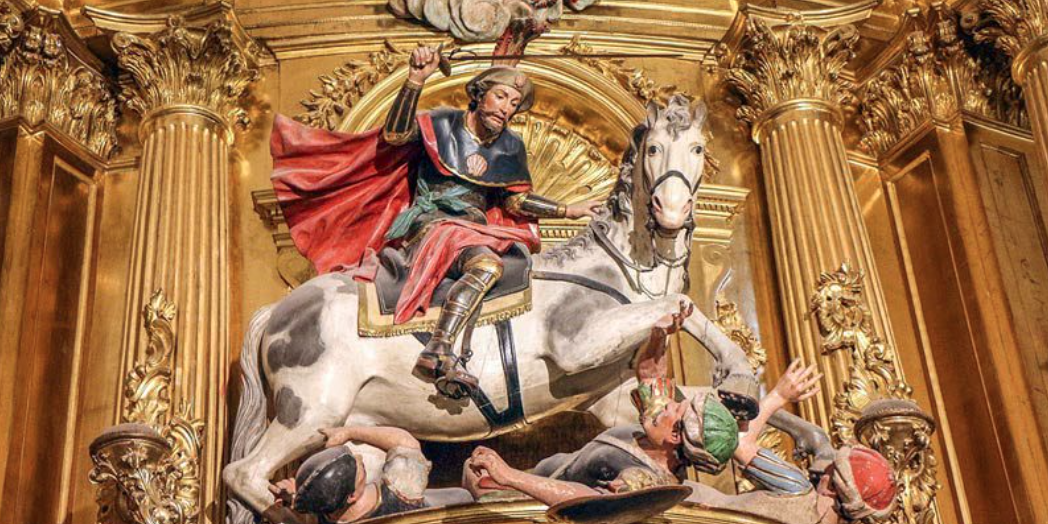





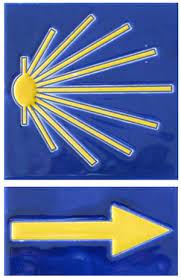
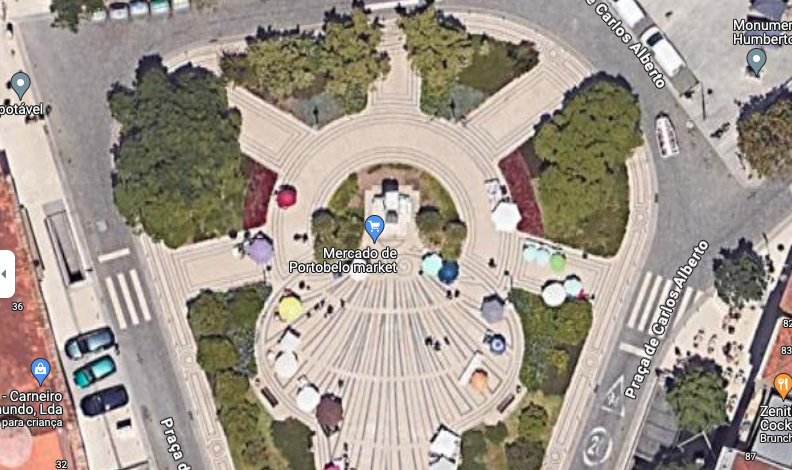
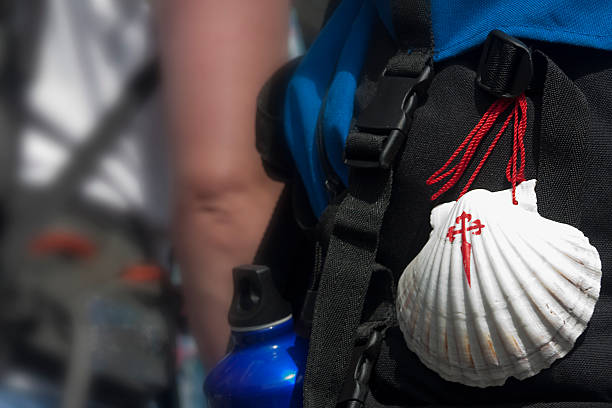








 RSS Feed
RSS Feed



